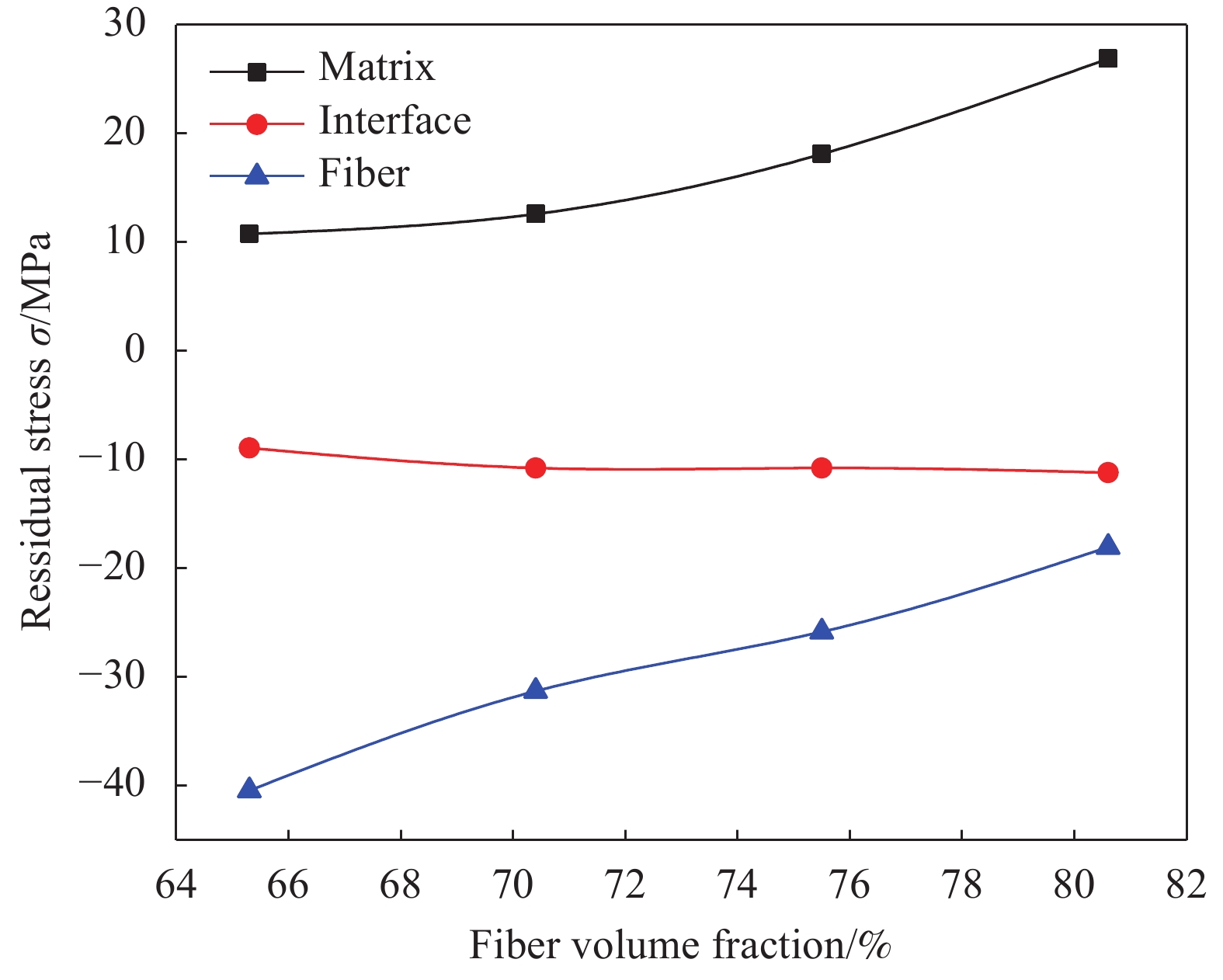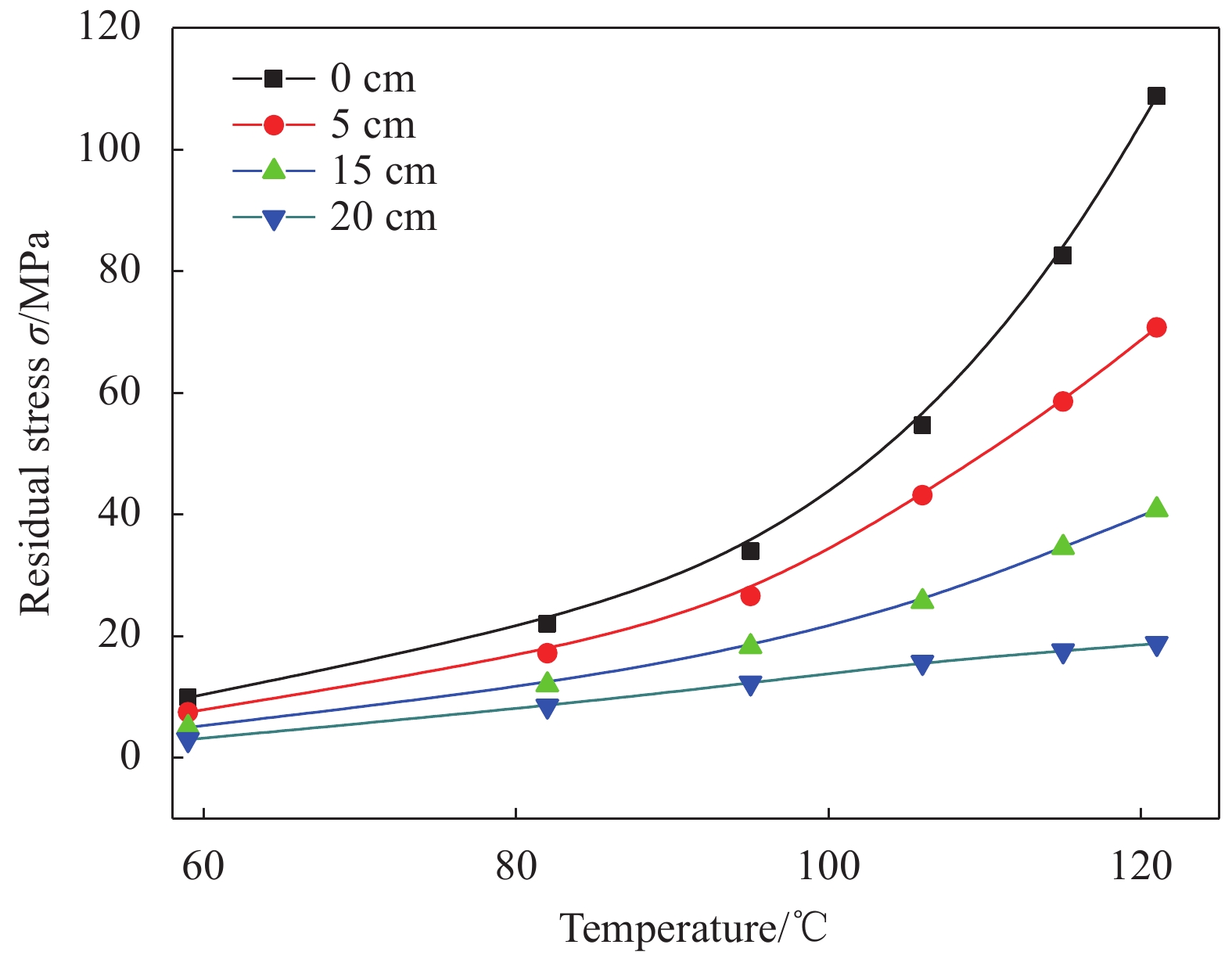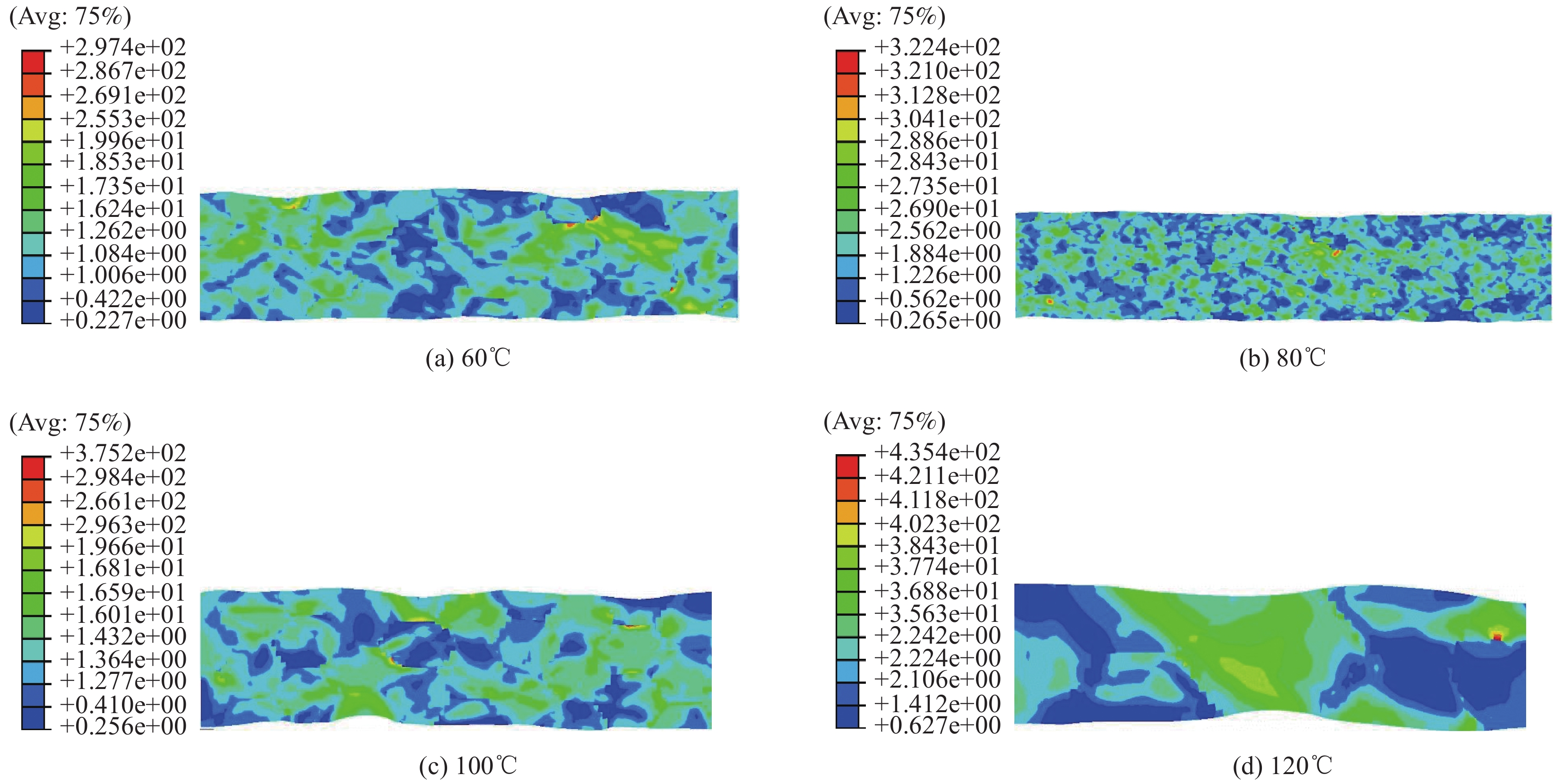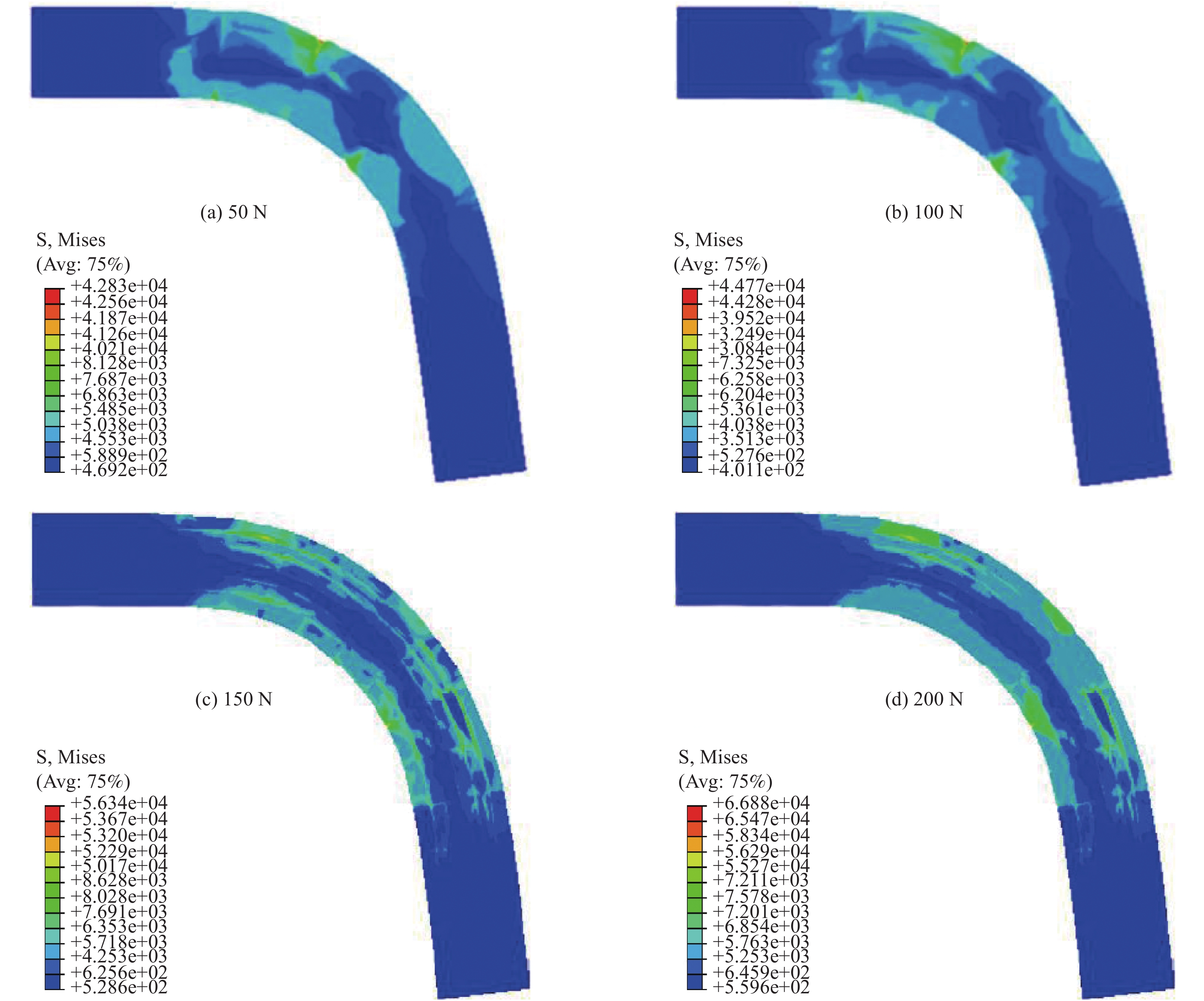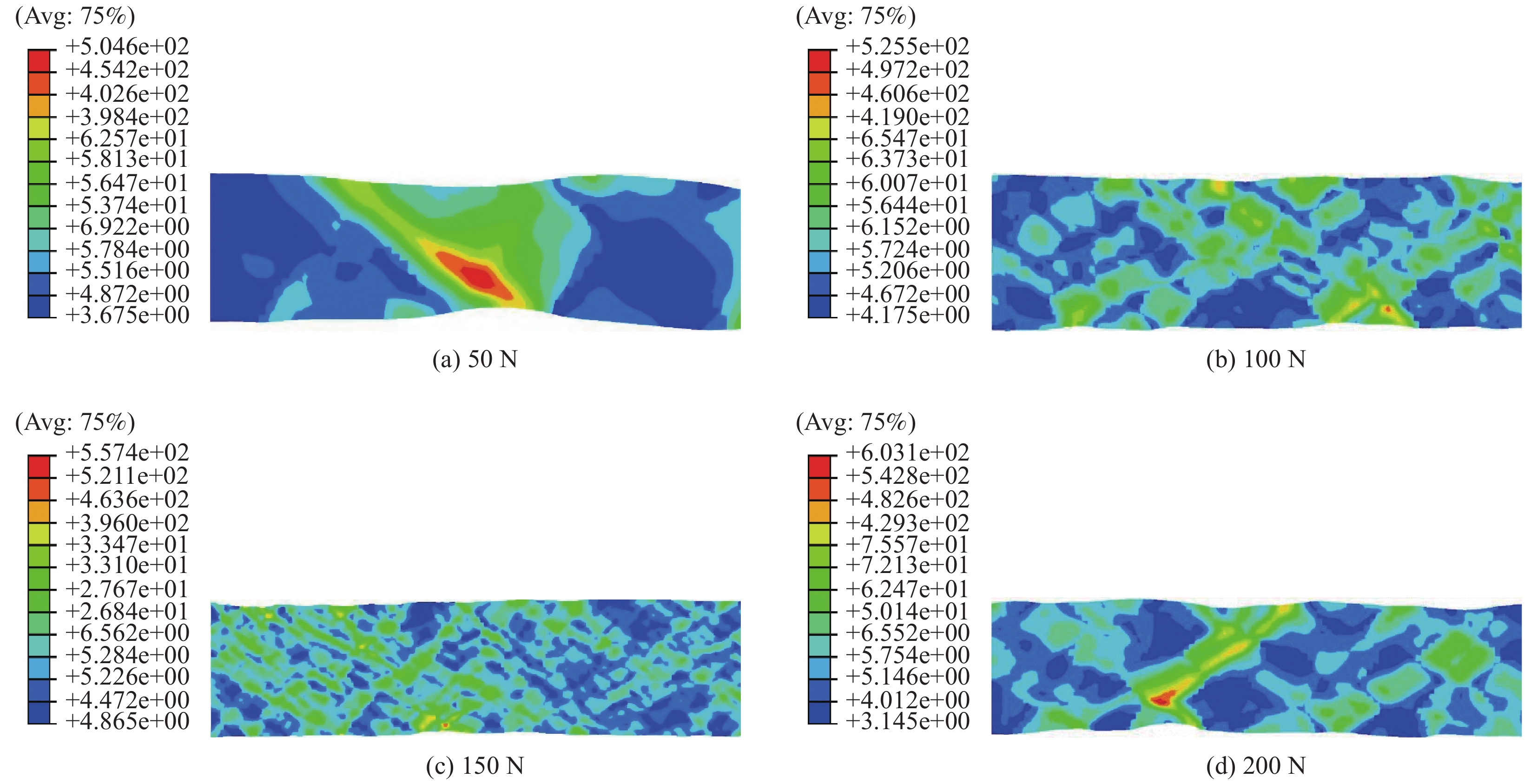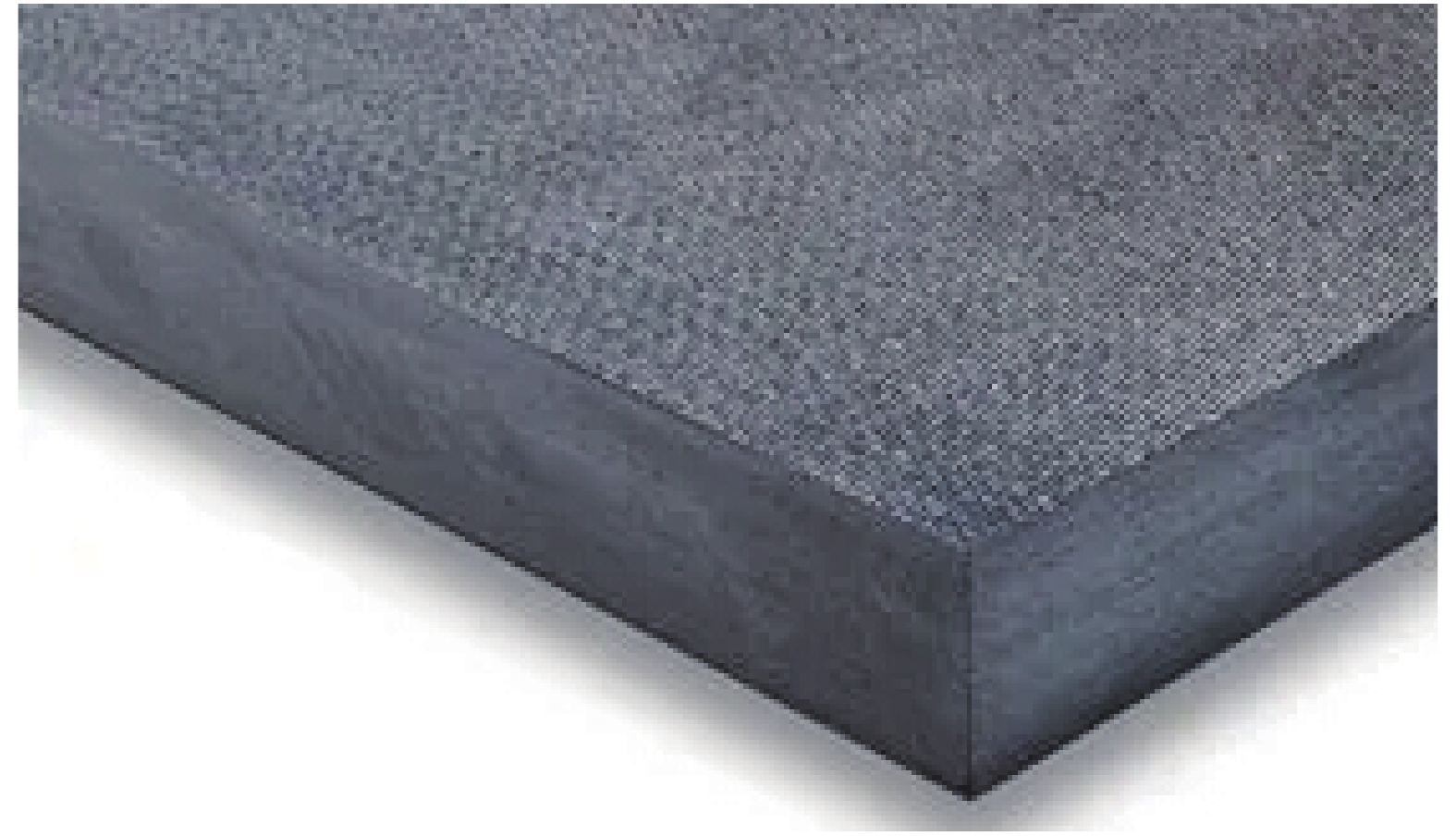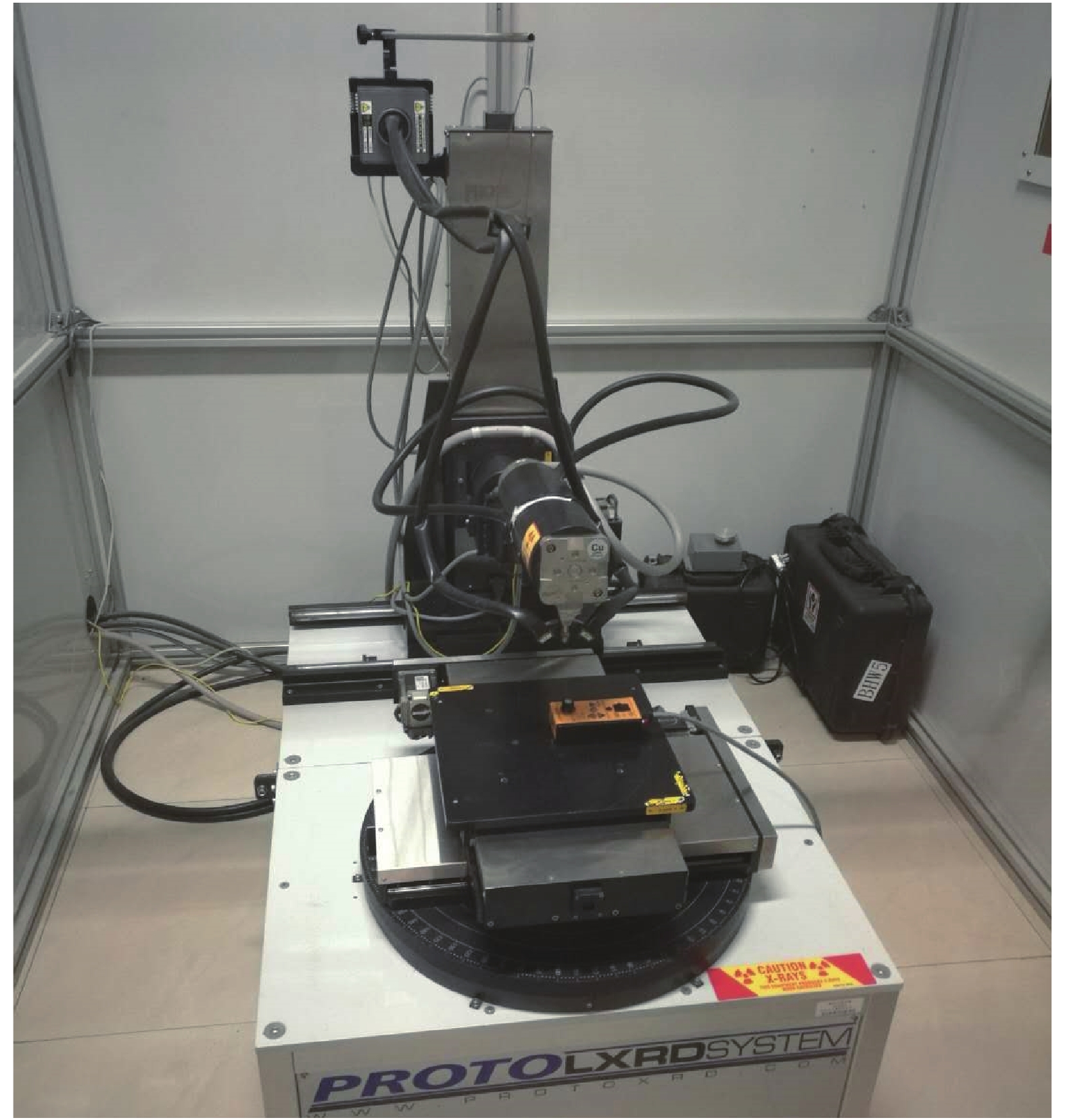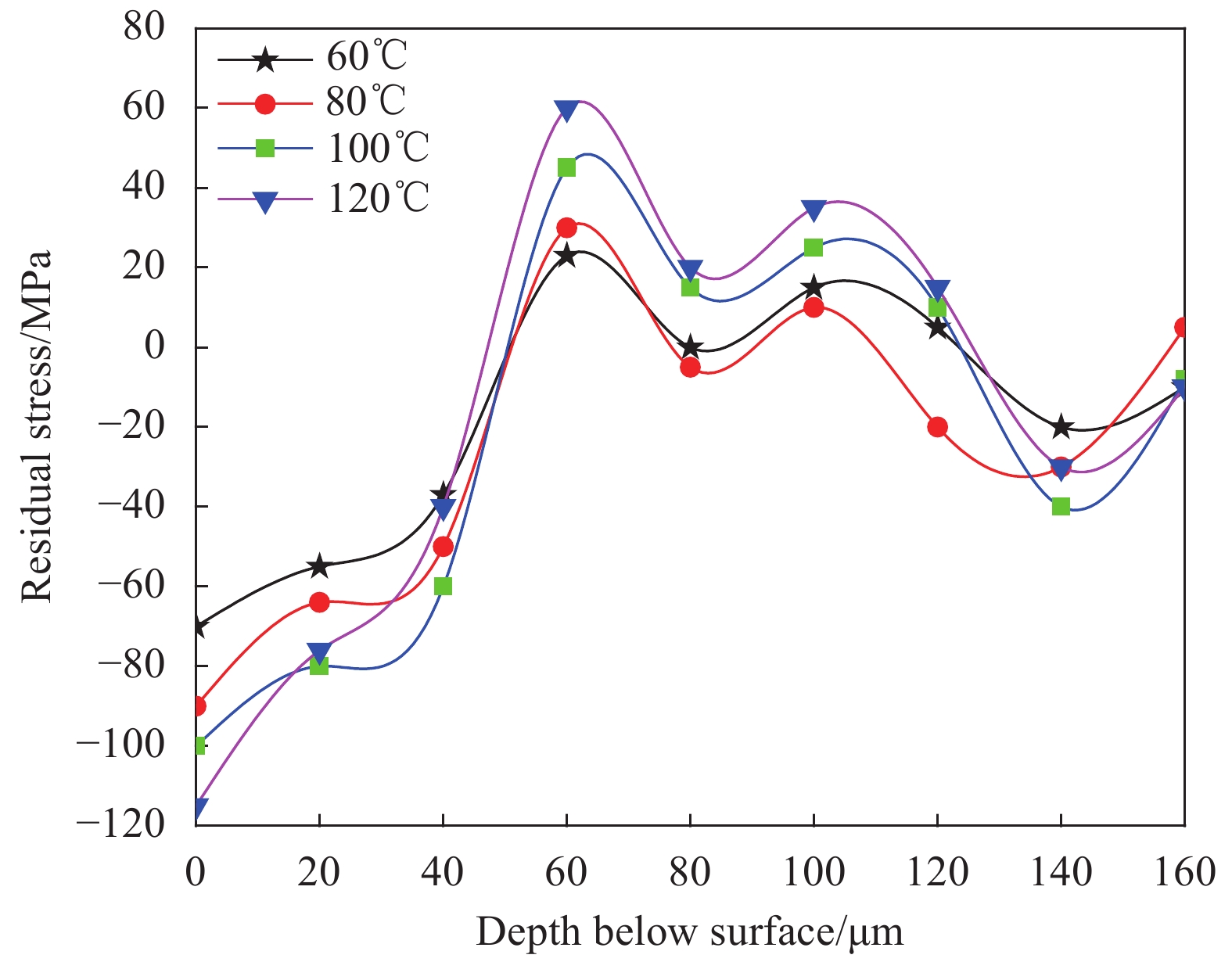Simulation and experiment study of stress field and microstructure of carbon fiber/epoxy resin prepreg laying products
-
摘要: 碳纤维/环氧树脂预浸带复合材料在铺放成型时,由于树脂基体与碳纤维之间的热膨胀系数存在差异以及成型时热-力参数作用下由于纤维的变形而导致纤维与基体接触处产生应力集中等原因,在制品材料中会产生热残余应力。针对碳纤维/环氧树脂预浸带复合材料的实际结构特点,利用ABAQUS有限元软件建立含有界面的碳纤维/环氧树脂预浸带复合材料的细观代表性体积单元(Representative volume element, RVE)有限元模型,采用实验研究和有限元仿真分析的方法,研究在温度-压力参数作用下预浸带铺放制品残余应力的分布规律及影响机理。首先,建立预浸带铺放时的温度和压力模型,研究不同温度和压力参数条件下碳纤维/环氧树脂预浸带铺放制品残余应力的分布情况。其次,采用耦合降温法模拟碳纤维/环氧树脂预浸带残余应力随纤维体积含量、铺放压力以及铺放温度的变化规律,并采用扫描电镜对不同工艺参数条件下预浸带铺放制品的微观结构进行分析。通过对模拟结果进行分析比较得到各因素对制品残余应力的基本影响规律;最后进行不同温度和压力等铺放参数对预浸带铺放成型时残余应力影响的实验测试研究。Abstract: The deformation of fiber under the action of thermal mechanical parameters is caused by the differences of thermal expansion coefficient between the epoxy resin matrix and carbon fiber, and the stress concentration at the contact of fiber and matrix. Thermal residual stress is experienced in the product material during the laying process of carbon fiber/epoxy resin prepreg composites. Due to the structural characteristics of the carbon fiber/epoxy resin prepreg composite, the micro representative volume element (RVE) finite element model of the carbon fiber/epoxy resin prepreg composite with interface phase was established by using ABAQUS finite element software. The distribution rule and influence mechanism of the residual stress of the prepreg caused by temperature and pressure parameters were investigated by use of theoretical research and finite element simulation analysis. First, the temperature and pressure models of the prepreg were established to study the distribution of the residual stress of the products under different temperatures and pressure parameters. Second, the indirect coupling temperature reduction method was applied to simulate the change of residual stress of carbon fiber/epoxy resin prepreg with fiber volume content. Pressure, temperature and the microstructure of the product were analyzed by electron microscopy scanning. The basic influence rules of each factor on the residual stress of the products were thus obtained through analysis and comparison of the simulation results. In conclusion, the influences of different underlying parameters such as temperature and pressure on the residual stress of the prepreg were then tested.
-
Keywords:
- prepreg tape /
- automatic laying and forming /
- composites /
- residual stress /
- process parameters
-
-
Density ρ/(g·cm−3) Poisson′s ratio Modulus E/GPa Fiber 1.76 0.3 248 Matrix 1.68 0.38 2.35 Roll 7.93 0.3 206 Thermal conductivity
coefficient/(W·(m2·℃)−1)Thermal expansion
coefficient a/(10−6 ℃−1)Fiber 0.43 −0.74 Matrix 0.18 63.90 表 2 碳纤维/环氧树脂界面层参数[27]
Table 2 Parameters of interface layer between carbon fiber and epoxy resin[27]
Parameter of interface layer Value Interfacial thickness/μm 0.2 Volume fraction/% 3.45 Elastic modulus/GPa 8.3 Poisson’s ratio 0.176 Coefficient of thermal expansion/(10−6·℃−1) 28.34 Density/(g·cm−3) 1.26 -
[1] WANG Jianhua, QIAN Linfang, YUAN Renshu. Thermal residual stresses in composite material barrel[J]. Journal of Ballistics,2007,19:82-85.
[2] 洪旗, 史耀耀, 路丹妮, 等. 基于灰色关联分析和响应面法的复合材料缠绕成型多目标工艺参数优化[J]. 复合材料学报, 2019, 36(12):2822-2832. HONG Qi, SHI Yaoyao, LU Danni, et al. Multi-response parameter optimization for the composite tape winding process based on grey relational analysis and response surface methodology[J]. Acta Materiae Compositae Sinica,2019,36(12):2822-2832(in Chinese).
[3] 康峻铭, 孙亮亮, 王继辉. 电子封装用环氧树脂固化温度与应变的三维有限元模拟[J]. 复合材料学报, 2019, 36(10):2330-2340. KANG Junming, SUN Liangliang, WANG Jihui, et al. Three-dimensional finite element simulation of temperature and strain in epoxy resin used to electronic packaging during curing[J]. Acta Materiae Compositae Sinica,2019,36(10):2330-2340(in Chinese).
[4] MALIGNO A R, WARRIOR N A, LONG A C. Effects of interphase material properties in unidirectional fiber reinforced composites[J]. Composite Science and Technology,2010,70:36-44. DOI: 10.1016/j.compscitech.2009.09.003
[5] PEREZ E, MORENO M, VALADEZ A, et al. Effect of the interphase microstructure on the behavior of carbon fiber/epoxy resin model composite in a thermal environment[J]. Journal of Materials Science,2011,46(11):4026-4033. DOI: 10.1007/s10853-011-5331-0
[6] SHOKRIEH M M, SAFARABADI M. Three-dimensional analysis of micro-residual stresses in fibrous composites based on the energy method: A study including interphase effects[J]. Journal of Composite Materials,2012,46(6):727-735. DOI: 10.1177/0021998311410478
[7] GRACIANI E, VARAN J, MANTIC V, et al. Evaluation of interfacial fracture toughness and friction coefficient in the single fiber fragmentation test[J]. Procedia Engineering,2011,10:2478-2483. DOI: 10.1016/j.proeng.2011.04.408
[8] CORREA E, MANTIC V, PARLS F. Effect of thermal residual stresses on matrix failure under transverse tension at micromechanical level: A numerical and experimental analysis[J]. Composites Science and Technology,2011,71:622-629. DOI: 10.1016/j.compscitech.2010.12.027
[9] 惠新育, 许英杰, 张卫红, 等. 平纹编织SiC/SiC复合材料多尺度建模及强度预测[J]. 复合材料学报, 2019, 36(10):2380-2388. HUI Xinyu, XU Yingjie, ZHANG Weihong, et al. Multi-scale modeling and strength prediction of plain woven SiC/SiC composites[J]. Acta Materiae Compositae Sinica,2019,36(10):2380-2388(in Chinese).
[10] BENEDIKT F, ANDREW H, LUISE K. Multi-objective CFRP patch optimization with consideration of manufacturing constraints and integrated warpage simulation[J]. Composite Structures,2019,221:1-10. DOI: 10.1016/j.compstruc.2019.05.008
[11] 冀运东, 郑凯东, 曹东风. 基于内聚力行为和扩展有限元的砂/树脂复合材料拉伸失效行为的数值计算[J]. 复合材料学报, 2019, 36(12):2851-2859. JI Yundong, ZHENG Kaidong, CAO Dongfeng, et al. Numerical calculation of tensile failure behavior of sand/resin composite model based on extended finite element and cohesive behavior[J]. Acta Materiae Compositae Sinica,2019,36(12):2851-2859(in Chinese).
[12] 顾建平, 方常青, 孙慧玉, 等. 碳纤维增强形状记忆聚合物复合材料的热-力学行为建模与影响因素碳纤维增强形状记忆聚合物复合材料的热-力学行为建模与影响因素[J]. 复合材料学报, 2019, 36(6):1438-1446. GU Jianping, FANG Changqing, SUN Huiyu, et al. Modeling and influence factors of the thermo-mechanical behaviors of the carbon fiber reinforced shape memory polymer composites[J]. Acta Materiae Compositae Sinica,2019,36(6):1438-1446(in Chinese).
[13] WU Y, XING Y, LIU B. Analysis of isotropic and composite laminated plates and shells using a differential quadrature hierarchical finite element method[J]. Composite Structures,2018,205:11-25. DOI: 10.1016/j.compstruct.2018.08.095
[14] CIVALEK O. Free vibration of carbon nanotubes reinforced (CNTR) and functionally graded shells and plates based on FSDT via discrete singular convolution method[J]. Composite Part B: Engineering,2017,111:45-59. DOI: 10.1016/j.compositesb.2016.11.030
[15] SONMEZ F O, AKBULUT M. Process optimization of tape placement for thermoplastic composites[J]. Composites Part A: Applied Science and Manufacturing,2007,38(9):2013-2023. DOI: 10.1016/j.compositesa.2007.05.003
[16] CHINESTA C, FRACISCO O, DEDIEU M, et al. On the prediction of residual stresses in automated tape placement[J]. International Journal of Material Forming: Official Journal of the European Scientific Association for Material Forming - ESAFORM,2017,10(4):633-640.
[17] FAZIL Sonmez, HAHN Thomas, MUSTAFA Akbulut. Analysis of process-induced residual stresses in tape placement[J]. Journal of Thermoplastic Composite Materials,2002,15(3):525.
[18] PATICIA P, HARALD E N. Residual stresses in thermoplastic-composites-a study of the literature. Part III: Effects of thermal residual stresses[J]. Composites Part A: Applied Science and Manufacturing,2007,38(6):1581-1596. DOI: 10.1016/j.compositesa.2006.12.005
[19] 杜宇, 李志猛, 杨涛, 等. 预浸带铺放成型复合材料构件应力场研究[J]. 固体火箭技术, 2015, 38(05):116-120. DU Yu, LI Zhimeng, YANG Tao, et, al. Stress field on prepreg lay-up modeling for component[J]. Journal of Solid Rocket Technology,2015,38(05):116-120(in Chinese).
[20] MEIJIER G, ELLYIN F, XIA Z. Aspect of residual thermal stress/strain in particle reinforced metal matrix composites[J]. Composites,2000,8(46):29-37.
[21] Z. 塔德莫尔, C. G. 高戈斯. 聚合物加工原理[M]. 北京: 化学工业出版社, 2008. ZEHEV Tadmor, COSTAS Gogos. Principles of Polymer Processing[M]. Beijing: Chemical Industry Press, 2008 (in Chinese).
[22] 张建宝, 文立伟, 肖军, 等. 自动铺带成形压力控制技术[J]. 航空学报, 2009(10):1973-1977. DOI: 10.3321/j.issn:1000-6893.2009.10.030 ZHANG Jianbao, WEN Liwei, XIAO Jun, et al. Processing pressure control technique for automatic tape laying[J]. Acta Aeronautica & Astronautica Sinica,2009(10):1973-1977(in Chinese). DOI: 10.3321/j.issn:1000-6893.2009.10.030
[23] ZHAO Q, HOA S V, GAO Z J. Thermal stresses in rings of thermoplastic composites made by automated fiber placement process[J]. Science Engineering of Composite Materials,2011,18(3):35-49.
[24] SONMEZ F O, AKBULUT M. Process optimization of tape placement for thermoplastic composites[J]. Composites,2007,38(4):2013-2023.
[25] QU P, GUAN X, JIA Y, et al. Effective elastic properties and stress distribution of 2D biaxial nonorthogonally braided composites[J]. Journal of Composite Materials,2012,46(8):997-1008. DOI: 10.1177/0021998311413684
[26] LEI Yang, YING Yan, JIAN Ma. Effects of inter-fiber spacing and thermal residual stress on transverse failure of fiber-reinforced polymer-matrix composites[J]. Computational Materials Science,2013,68(3):255-262.
[27] 李起阳. 考虑尺寸效应和温度影响的纤维增强树脂基复合材料的界面剪切行为研究[D]. 杭州: 浙江大学, 2019. LI Qiyang. Size and temperature effects on interfacial shearing behavior of fiber reinforced polymer matrix composites[D]. Hangzhou: Zhejiang University, 2019 (in Chinese).
[28] 中国国家标准化管理委员会. 无损检测测量残余应力的中子衍射方法: GB/T 26140—2010[S]. 北京: 中国标准出版社, 2010. Standardization Administration of the People’s Republic of China. Non-destructive testing-Standards test method for determining residual stresses by neutron diffraction: GB/T 260140—2010[S]. Beijing: China Standards Press, 2010 (in Chinese).
-




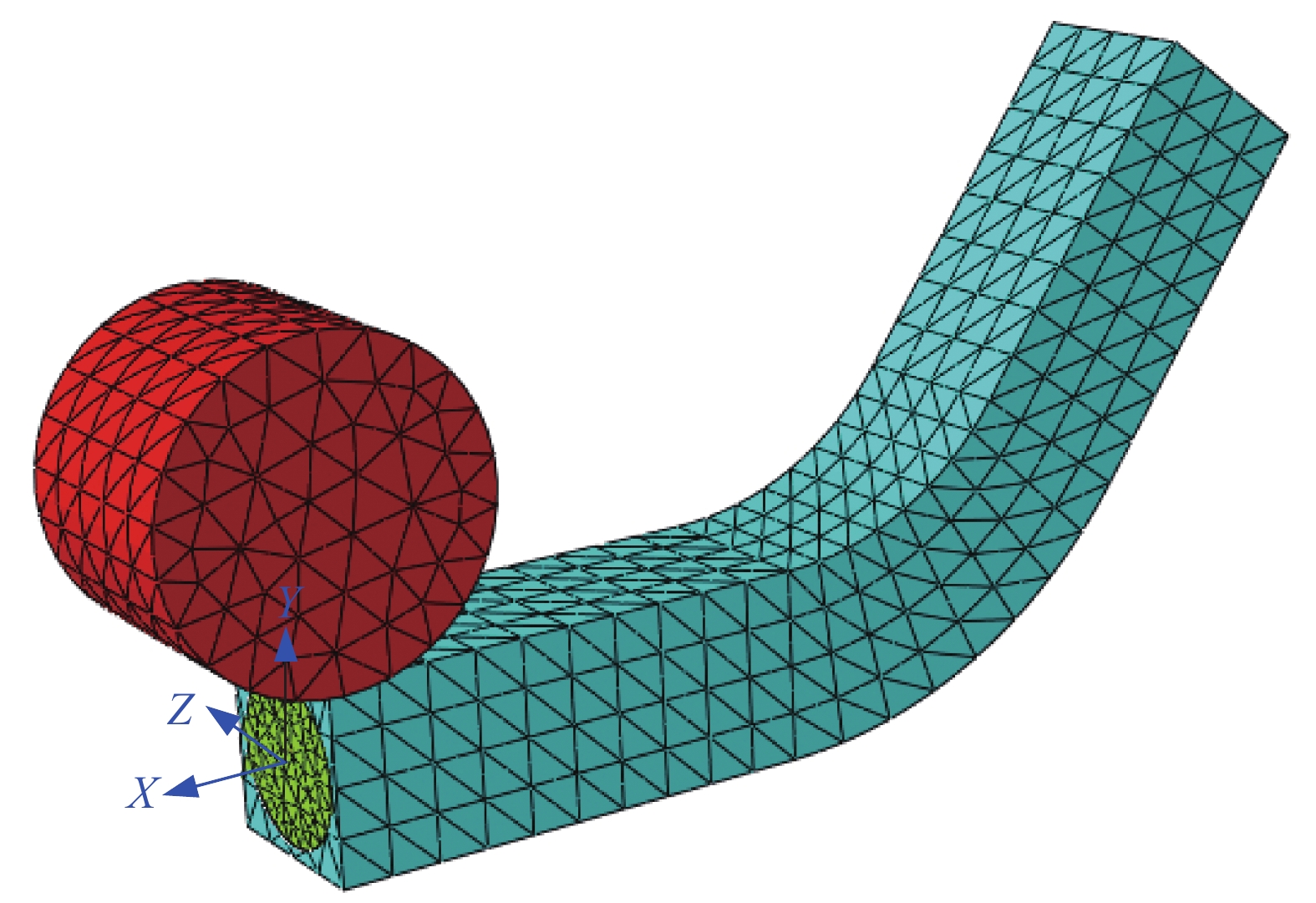
 下载:
下载:
